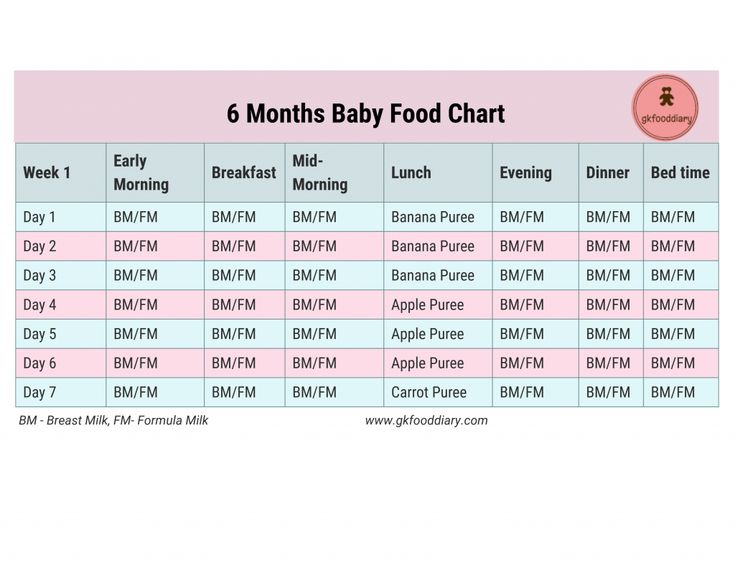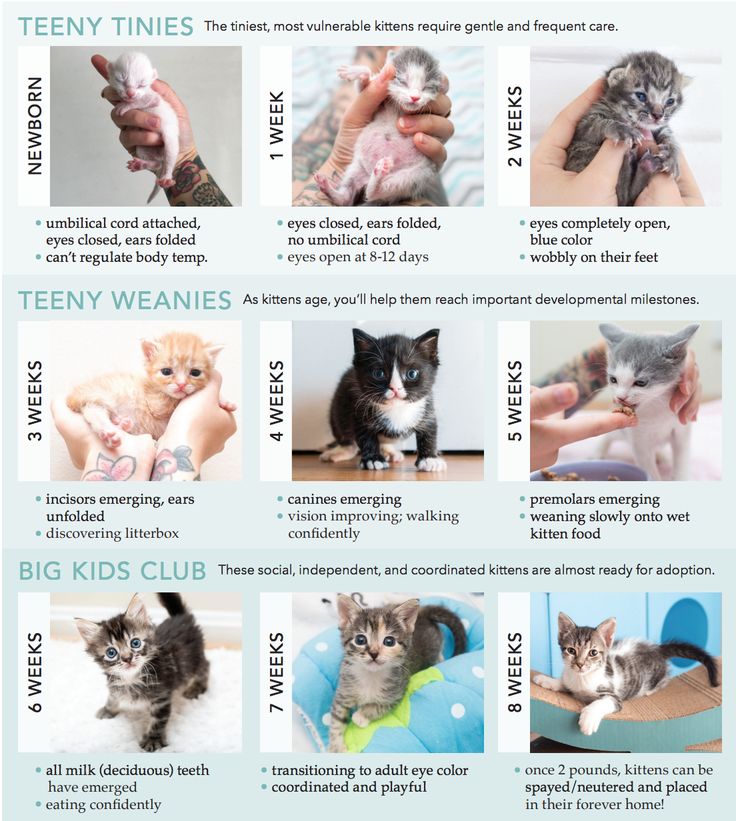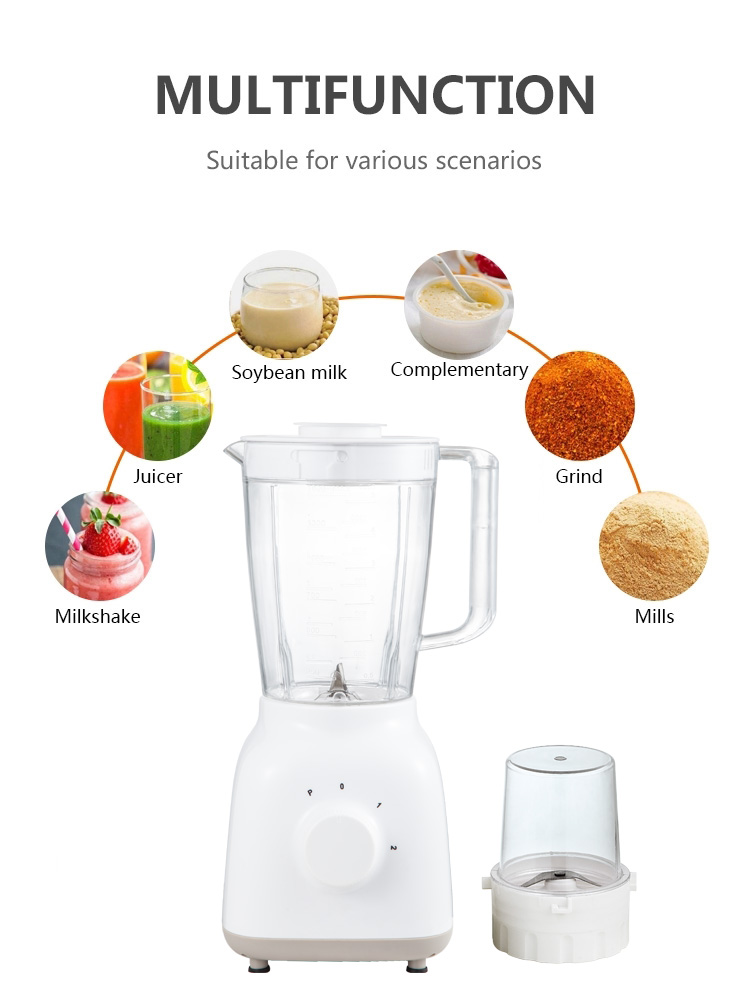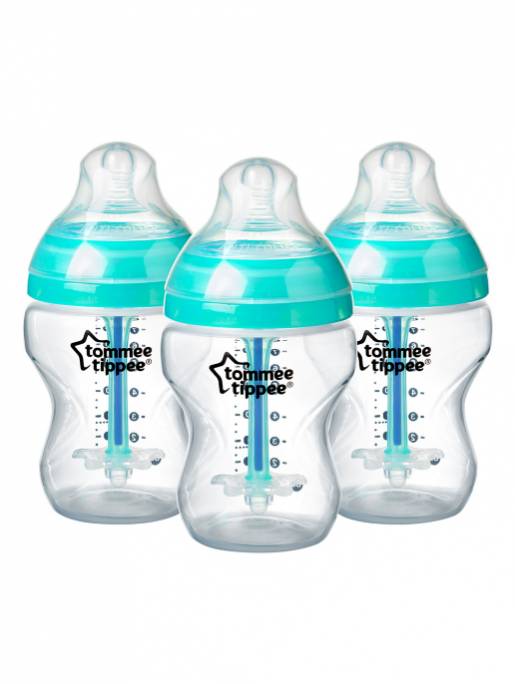Milk feeding spoon for babies
Spoon, Cup and Paced Bottle Feeding
Feedback
View more
Spoon feeding
Cup feeding
Paced Bottle Feeding
Supplemental Nursing System (SNS) and Nipple Shields
Some reasons for different feeding methods include:
- Baby or mother's health and medical condition
- Mother is not making enough milk for a number of reasons including breast injury, and surgery
- Separation of mother and baby (for example, illness, surgery, or adoption)
- Use of necessary medication that is not safe to take while breastfeeding/nursing.
| How do I know if my baby is hungry? | ||||||||
Babies need to feed a lot in the early days. Your baby has many ways to tell you they are hungry. These signs are called feeding cues. Your baby is hungry when you see these feeding cues:
Your baby is full when:
Following your baby's feeding cues will:
Remember.
| ||||||||
| Skin-to-Skin: Get to know your baby | ||||||||
What is Skin-to-Skin?
Skin-to-Skin Right after Birth
Older Babies Enjoy Skin-to-Skin too | ||||||||
| How do I know my baby is getting enough milk? | ||||||||
| Most mothers will make as much milk as their baby wants. The amount of milk made depends on the amount of milk removed from the breast by feeding, pumping or expressing.
|
Spoon feeding
You can give expressed breast milk to your baby using a spoon. This method works best if your baby leads it and controls the speed of the feeding . Spoon feeding your baby instead of using an artificial nipple can help to reduce the risk of nipple confusion.
- Put a bib on your baby, because some breast milk may spill.
- Sit your baby up on your lap using one hand to support your baby's upper back and neck.
- Bring spoon to your baby's mouth and tip so that the breast milk just touches your baby's lips.
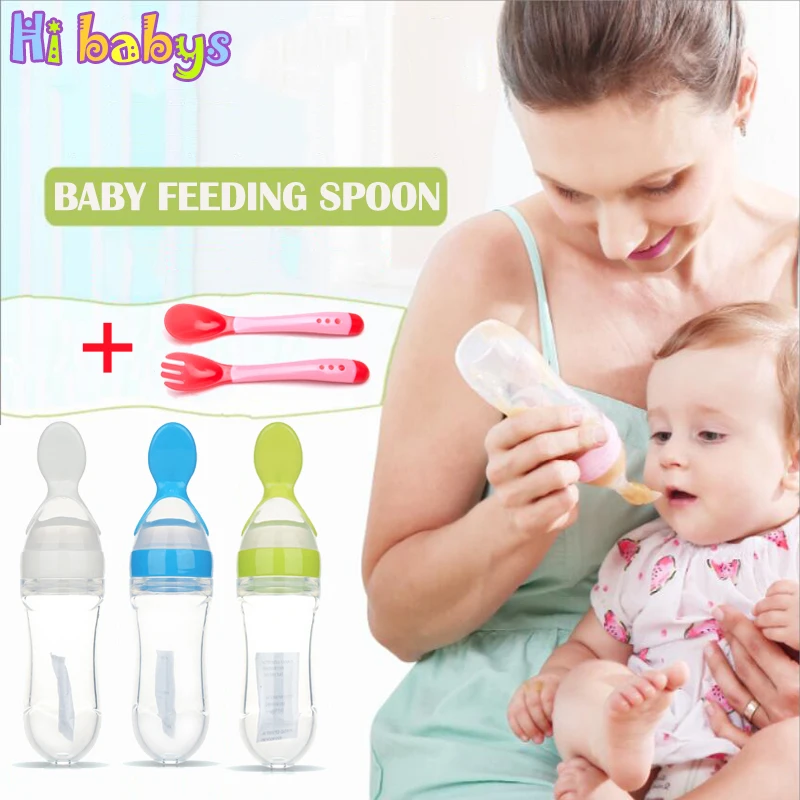 It should NOT be poured into your baby's mouth.
It should NOT be poured into your baby's mouth. - Your baby will lap the breast milk up by moving his tongue forward.
- Allow your baby time to swallow before refilling spoon and offering more breast milk. This will let your baby control the speed of the feeding.
Cup feeding
Babies of all ages are able to drink from a cup (even small premature babies). You can start giving expressed breast milk in a small plastic or glass cup such as a medicine cup .
- Put a bib on your baby, because some breast milk may spill.
- Sit your baby up on your lap using one hand to support your baby's upper back and neck.
- Place edge of the cup gently against your baby's bottom lip and tip so that the breast milk just touches your baby's lips. It should NOT be poured into your baby's mouth. Your baby will lap the breast milk up by moving his tongue forward.
- Keep cup tipped during feeding so that the breast milk is always in contact with your baby's lips.
 This will let your baby control the speed of the feeding.
This will let your baby control the speed of the feeding.
Paced Bottle Feeding
The way a baby sucks on a bottle nipple or pacifier is very different from how a baby sucks at the breast. For this reason it is best to not introduce any bottles until after breastfeeding is going well. This is usually about 4 to 6 weeks after your baby is born. Giving your baby a bottle before breastfeeding is going well can affect breastfeeding/nursing including building up your milk supply.
Paced bottle feeding is when you control or pace the flow of milk to be like breastfeeding/nursing. It also helps your baby keep breastfeeding/nursing behaviours while they feed from the bottle. Here is how to pace feeds:
- Hold your baby in an upright position, supporting their head and neck with your hand.
- Feed your baby skin-to-skin if possible.
- Use a wide-based, slow-flow nipple.
- Touch your baby's upper lip with the bottle nipple until your baby opens their mouth wide.
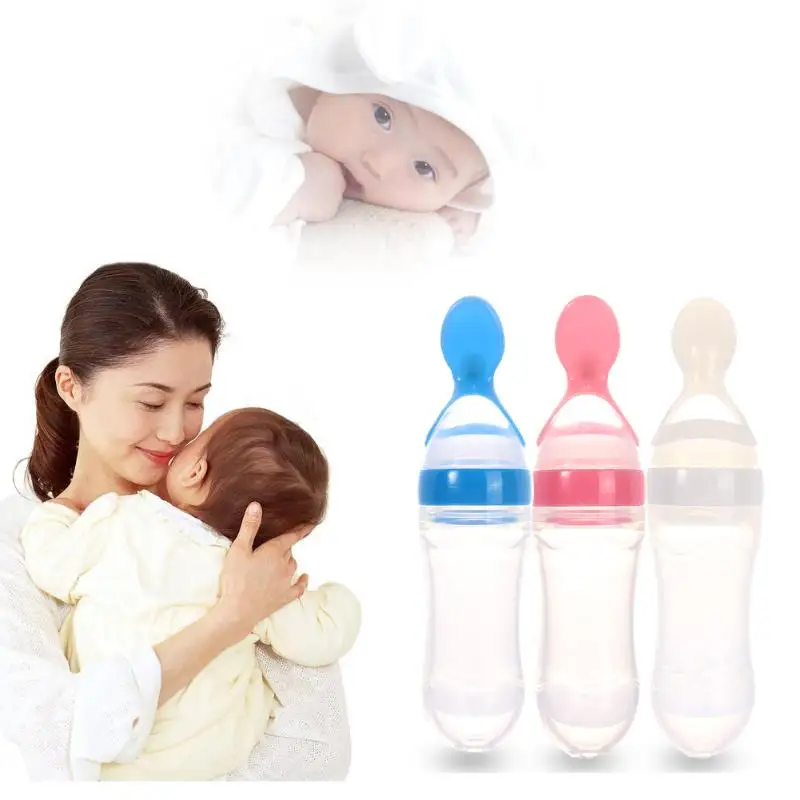
- Tip bottle horizontally. Let your baby pull the nipple into their mouth so their lips close on the wide base of the bottle nipple.
- Keep nipple partially full as it will help your baby control flow better. Your baby will naturally swallow air during feeds.
- If your baby gets tense or gulps, stop feed. Stop the feed by tilting bottle down to stop flow but keeping bottle nipple in contact with your baby's lower lip. This way your baby can pull the nipple back into their mouth.
- Your baby will learn to take breaks and 3 to 5 second pauses on their own usually after the fourth or fifth suck and as needed.
- When you think your baby is nearly full, twist and remove bottle keeping the nipple lying on your baby's lip as described above. If your baby takes bottle again, let your baby feed for a short period (for example, 5-10 swallows) and repeat process. When your baby has had enough to drink they will not open their mouth when you try to give them the bottle.
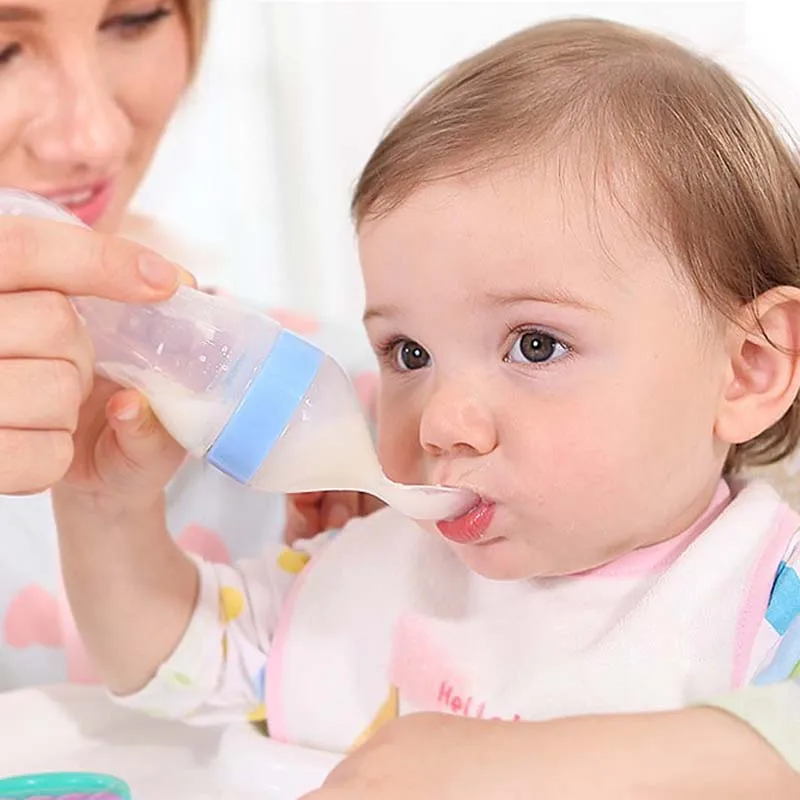 This is 1 sign a baby uses to let you know they are full.
This is 1 sign a baby uses to let you know they are full. - Throw away any breast milk left in the bottle after the feeding.
Supplemental Nursing System (SNS) and Nipple Shields
You should not start the use of these aids on your own. Talk to a Lactation Consultant or your health care provider about if you need to use them. To find a Lactation Consultant in your area, visit Ottawa Valley Lactation Consultants.
Do you have more questions about parenting?
- Speak with a Public Health Nurse. Call the Ottawa Public Health Info Centre at 613-PARENTS [613-727-3687] (TTY: 613-580-9656) or email Ottawa Public Health at [email protected]
- Connect with a Public Health Nurse and other parents on the Parenting in Ottawa Facebook page
- There are a variety of services to make it easier for your child to grow up healthy in Ottawa
September 2019
Partners
Your Baby's First Spoon – Spuni
Baby’s First Feeding Spoon, infant self-latching technology, 2 pack, Non toxic BPA Free, made in Germany
Starting solids is one of the major transitions of your baby's first year. Ergonomically designed by MIT graduates and devoted parents, Spuni’s patented tulip design triggers baby’s natural latching instinct to help baby transition more naturally to solids. Spuni's innovative design also prevents baby from choking on too much food, making mealtimes safer and a lot less messy. Spuni baby spoons are just the right length to reach the bottom of food jars and bowls. Made in Germany from food safe, medical grade TPU – the same material used in pacifiers and baby bottle nipples. BPA free, BPS free, Phthalates and PVC free. Each set includes a clear plastic travel case with two baby spoons in bright attractive colors that babies love. Hypoallergenic and top-rack dishwasher safe.
Ergonomically designed by MIT graduates and devoted parents, Spuni’s patented tulip design triggers baby’s natural latching instinct to help baby transition more naturally to solids. Spuni's innovative design also prevents baby from choking on too much food, making mealtimes safer and a lot less messy. Spuni baby spoons are just the right length to reach the bottom of food jars and bowls. Made in Germany from food safe, medical grade TPU – the same material used in pacifiers and baby bottle nipples. BPA free, BPS free, Phthalates and PVC free. Each set includes a clear plastic travel case with two baby spoons in bright attractive colors that babies love. Hypoallergenic and top-rack dishwasher safe.
+ Stage One is recommended for infants age four months and up
+ Stage Two is recommended for infants age eight months and up
Our spoons have passed stringent EU/German tests and are safe for all ages.
Spuni unique patented tulip design makes starting solids safer, easier, and less messy for babies and parents everywhere!
Each set includes a clear plastic travel case with two baby spoons in bright attractive colors that babies love.
Product Features:
- FIRST SPOON DESIGNED TO PROMOTE LATCHING. Helping babies and parents with a spoon that promotes a natural transition from liquid to solid food for an easy feeding experience. Whether breastfed or bottle fed, milk or formula, Spuni provides the right amount of food for each mouthful to prevent overfeeding and choking hazards.
- UNIQUE PATENTED TULIP-SHAPED DESIGN promotes natural latching reflexes, supporting portion control and reducing wasted food and messy feeding situations, while being gentle on baby’s gums to help improve appetite and alleviate anxiety and soreness during teething.
- BEAUTIFUL ROUNDED ERGONOMIC DESIGN invented by Brooklyn parents and manufactured in Germany with the highest safety, precision, and regulatory standards, is comfortable for feeders to hold and top rack dishwasher safe, made from food grade BPA free, BPS free, Phthalates, Silicone and PVC free, non-toxic plastics.
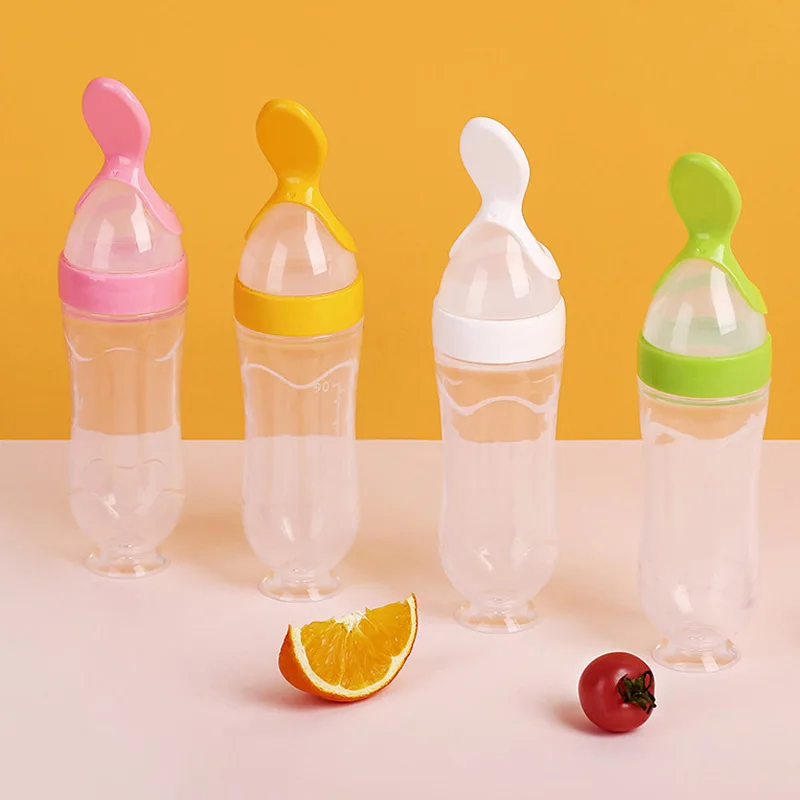
- EASY TO CLEAN AND DURABLE Spuni’s fun design and playful color palette makes meals exciting while promoting a healthy lifestyle, from stage one feeding and beyond.
Warning: Compatible with most commonly used steam sterilizers; please do not steam sterilize in microwave.
Color Giggly Green & Peekaboo Purple (stage one)Bouncing Blue & Oops! Orange (stage one)Neon & Playful Pink (stage one)Bubbly Blue & Lucky Lemon (stage one)Giggly Green & Peekaboo Purple (stage two)Bouncing Blue & Oops! Orange (stage two)Neon & Playful Pink (stage two)Bubbly Blue & Lucky Lemon (stage two)
Giggly Green & Peekaboo Purple (stage one) - $16.99 USD Bouncing Blue & Oops! Orange (stage one) - Sold Out Neon & Playful Pink (stage one) - $16.99 USDBubbly Blue & Lucky Lemon (stage one) - $16.99 USDGiggly Green & Peekaboo Purple (stage two) - $16.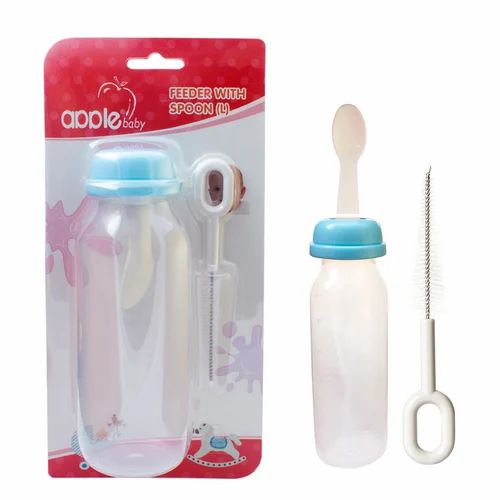 99 USDBouncing Blue & Oops! Orange (stage two) - $16.99 USDNeon & Playful Pink (stage two) - $16.99 USDBubbly Blue & Lucky Lemon (stage two) - $16.99 USD
99 USDBouncing Blue & Oops! Orange (stage two) - $16.99 USDNeon & Playful Pink (stage two) - $16.99 USDBubbly Blue & Lucky Lemon (stage two) - $16.99 USDQuantity
How to supplement a baby with donor milk from a spoon
donate milk
Find milk
A regular teaspoon is a great way to supplement with donor milk. It just takes a little getting used to. Some mothers complain that the cub does not understand what to do. But in order to eat from it, he does not have to understand anything! The process is fully supervised by an adult. Many home midwives recommend the spoon for feeding small and premature babies who are born at home if they cannot or weakly suckle.
An ordinary teaspoon or dessert spoon does not look like a breast at all, so when supplementing in this way, it is very unlikely that the breast will refuse and that the grip will deteriorate (unlike a bottle).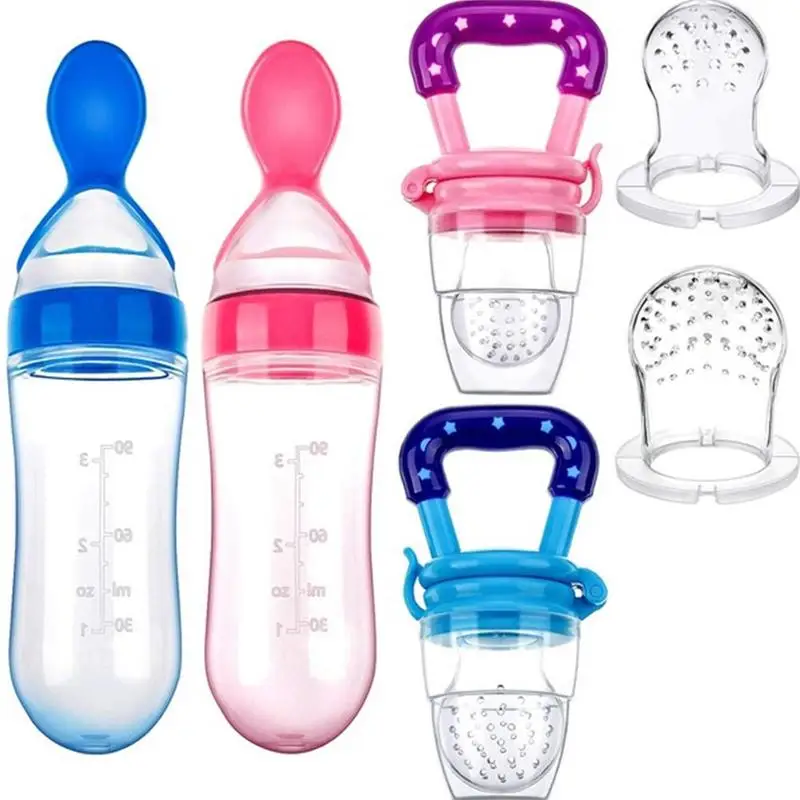 We all have this cutlery in the kitchen and it is always at hand, they are easy to clean, and they are not afraid to lose them. If colostrum is expressed into a spoon and supplemented directly from it, then precious drops are not smeared on the dishes due to their density and surface tension of the liquid. An older kid gradually acquires the skill of eating from a spoon.
We all have this cutlery in the kitchen and it is always at hand, they are easy to clean, and they are not afraid to lose them. If colostrum is expressed into a spoon and supplemented directly from it, then precious drops are not smeared on the dishes due to their density and surface tension of the liquid. An older kid gradually acquires the skill of eating from a spoon.
But it really takes a little practice and skill to master this method of supplementing. It would be great if someone who already knows how to do it well can show you how to spoon feed in practice - in this case, almost everyone masters the technology the first time. If a mother is traveling with a child, then it must be borne in mind that it can be problematic to supplement with a spoon in a car or train - milk spills due to shaking. Some mothers note that when giving out large volumes of food with a spoon, babies lose the habit of sucking, and very hungry children can be annoyed by a pause when scooping up food.![]()
The technology of feeding with a spoon is as follows:
We scoop up about a quarter of the volume of the spoon, touch it with the bottom side to the lower lip of the newborn, wait until the mouth opens, and put the spoon into a well-opened mouth. We put it in, and quite deeply on the tongue, so that at least 2/3 of the spoon goes into the mouth. We tip it over and wait for the swallowing movement, when the baby covers his mouth and begins to push the spoon out with his tongue. Pushes - pull out, give the next spoon. All this time, the child lies at an angle of about 30 degrees on the knee or on the crook of the mother's elbow.
After a little practice, the process goes pretty fast, much faster than you read the description.
When a child is full, he usually either closes his mouth and refuses to open it before the next meal, or starts spitting out food.
Examples of videos of supplementary feeding with a spoon:
This is the first milk baby of the "Milk Mom" - Svet, here it is shown supplementary feeding with donor milk:0003
Sources:
- Personal experience
- Internet community "Lyalechka"
Medela Softcup |
TOYRENT & KIDS STORE
Registration / Login
Personal account - Your personal section on the site, which is created after registration. Your order history, delivery address, list of favorite products will be stored in your personal account...
Remember
to login
FORGOT YOUR PASSWORD?
TOYRENT & KIDS STORE
REGISTRATION
Personal account - Your personal section on the site, which is created after registration.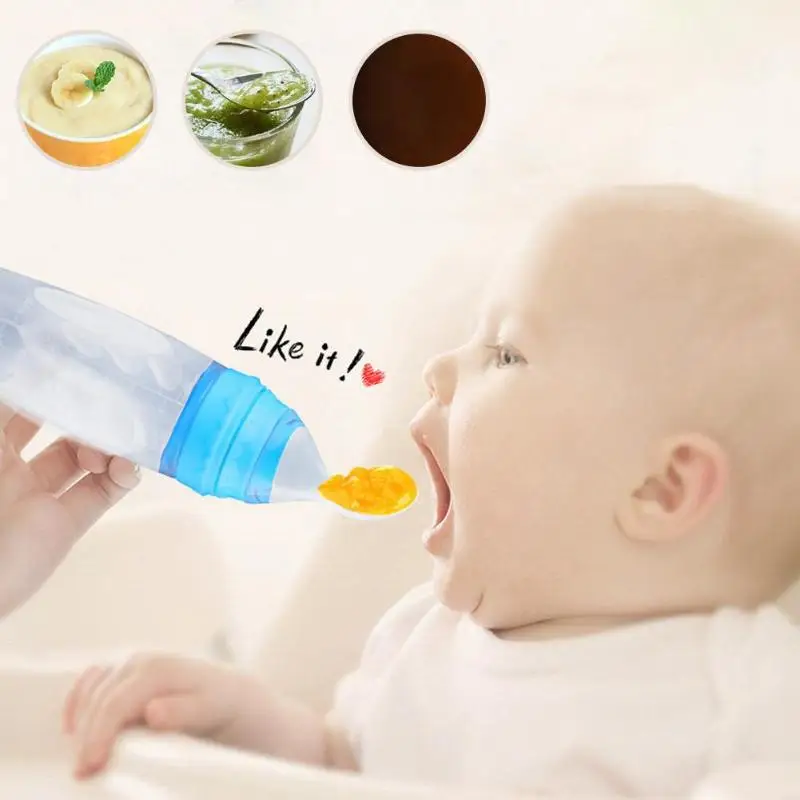

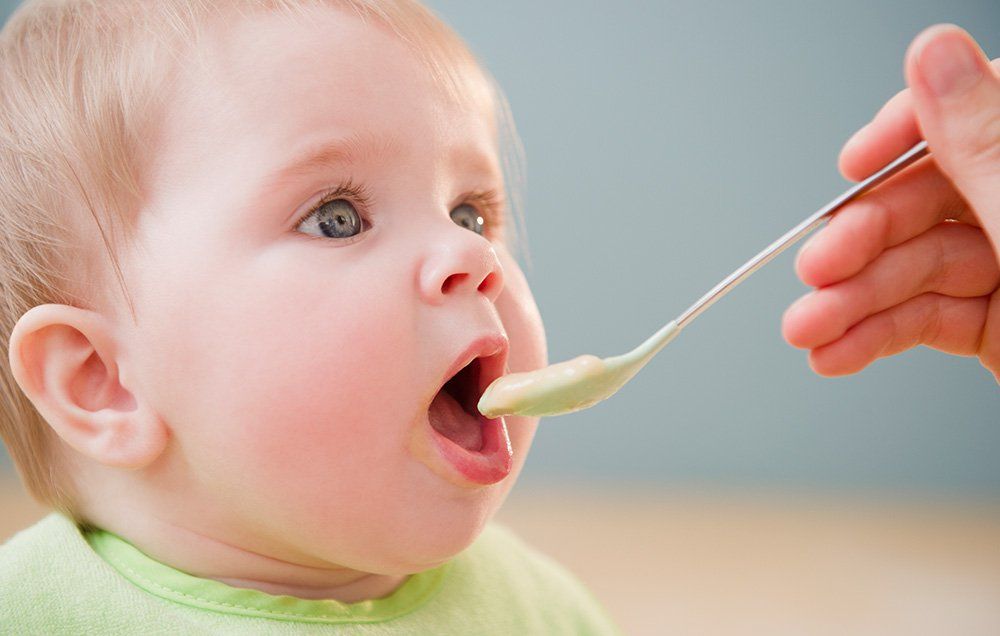
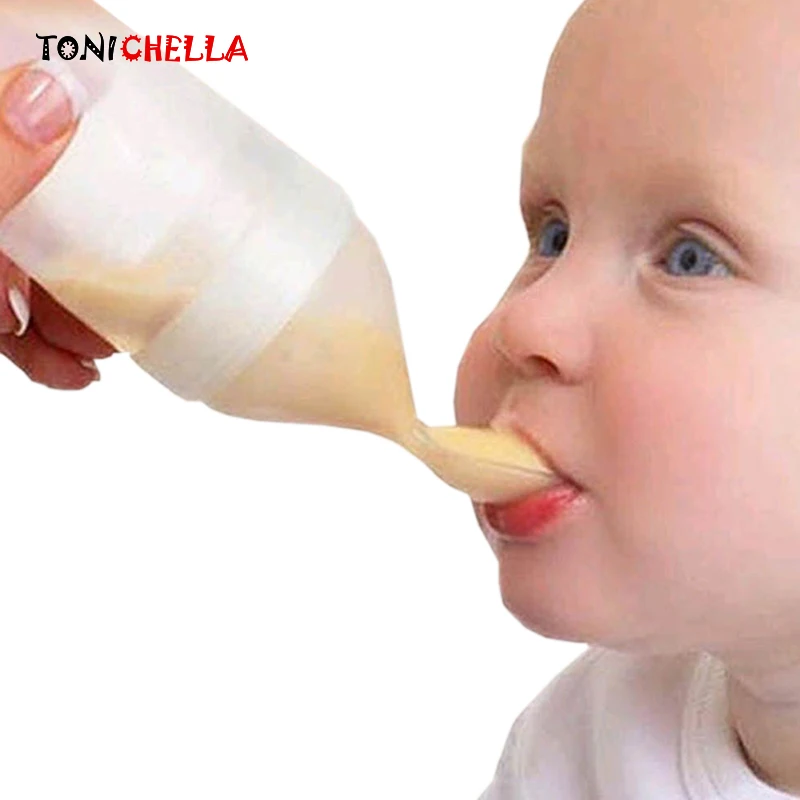 Occasional "red, brick-coloured" staining (uric acid crystals) is normal until day 3. At 3 days old has at least 3 brown/green/yellow, soft stools.
Occasional "red, brick-coloured" staining (uric acid crystals) is normal until day 3. At 3 days old has at least 3 brown/green/yellow, soft stools. Crying is a late sign of hunger
Crying is a late sign of hunger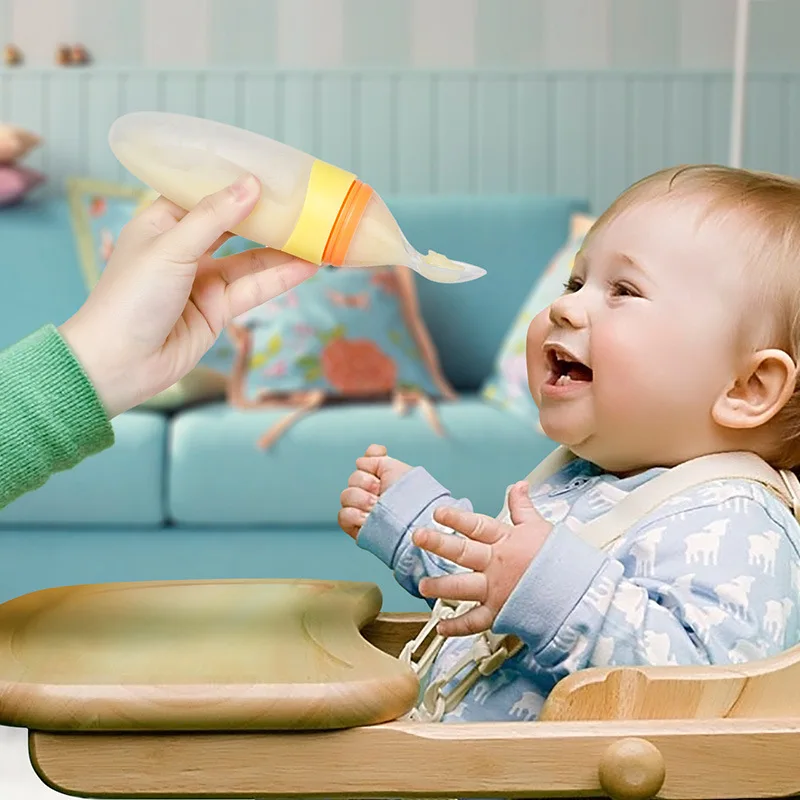 5 oz) per week. They usually double their birth weight by 3 to 6 months.
5 oz) per week. They usually double their birth weight by 3 to 6 months. 




